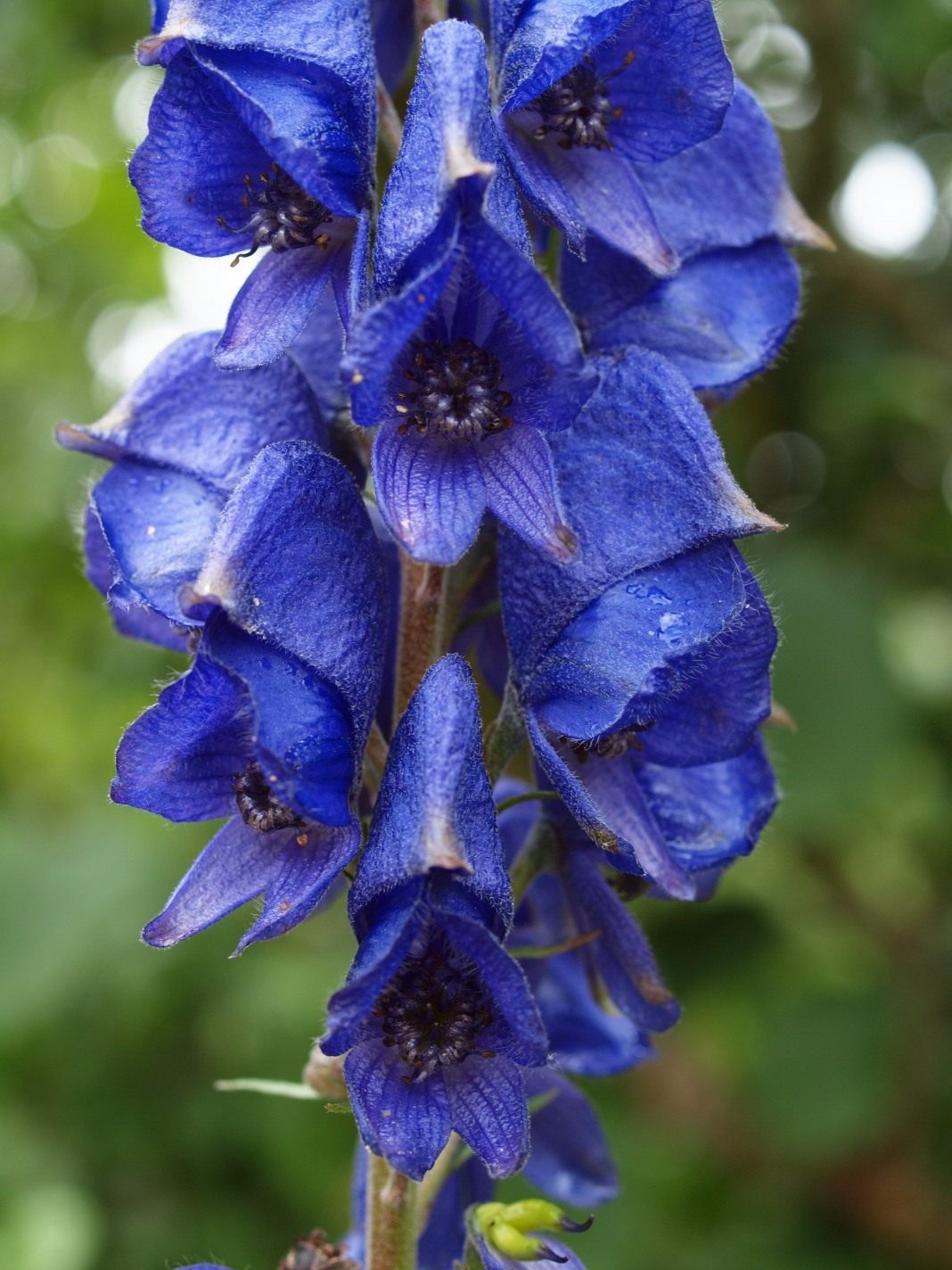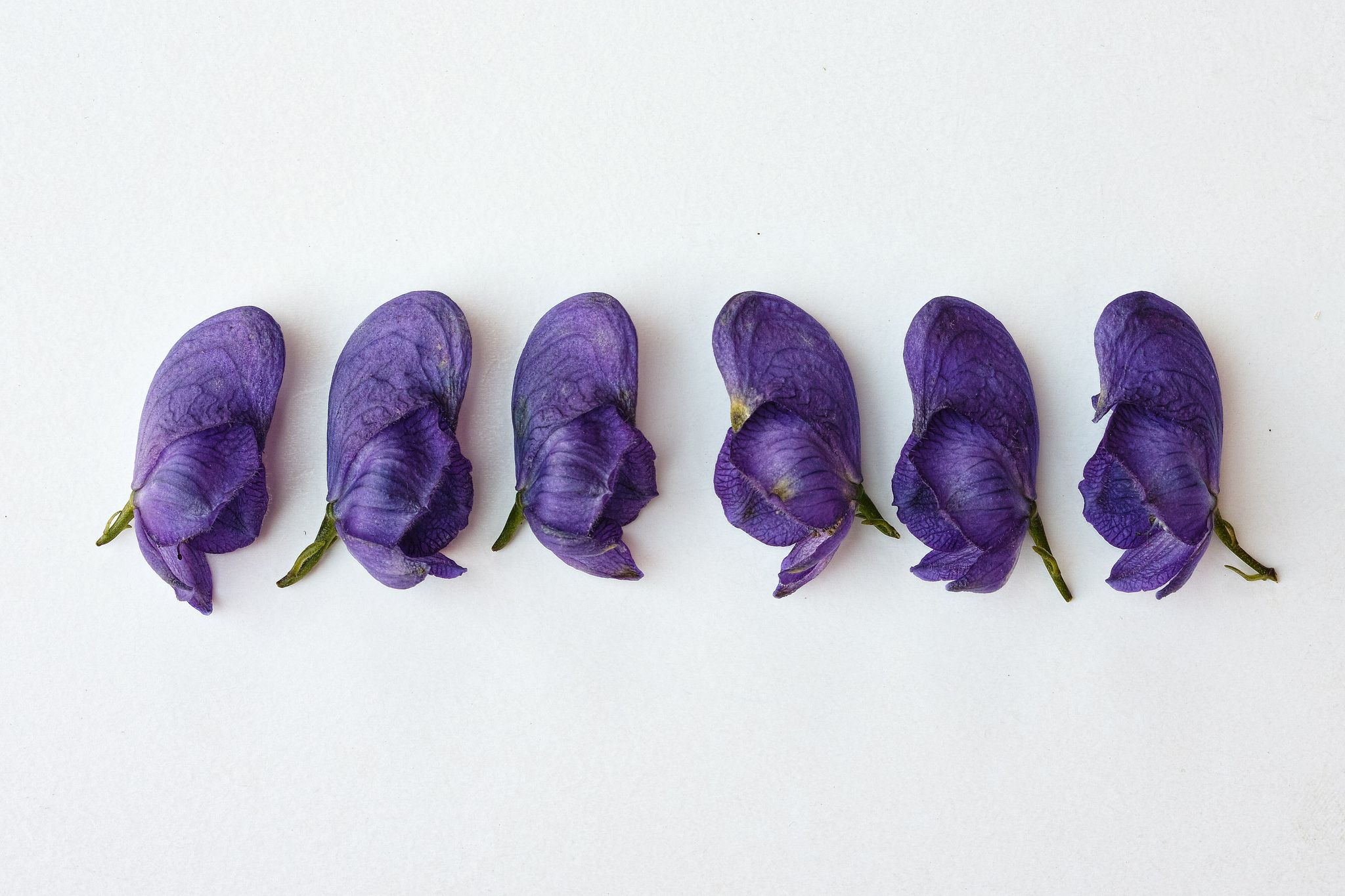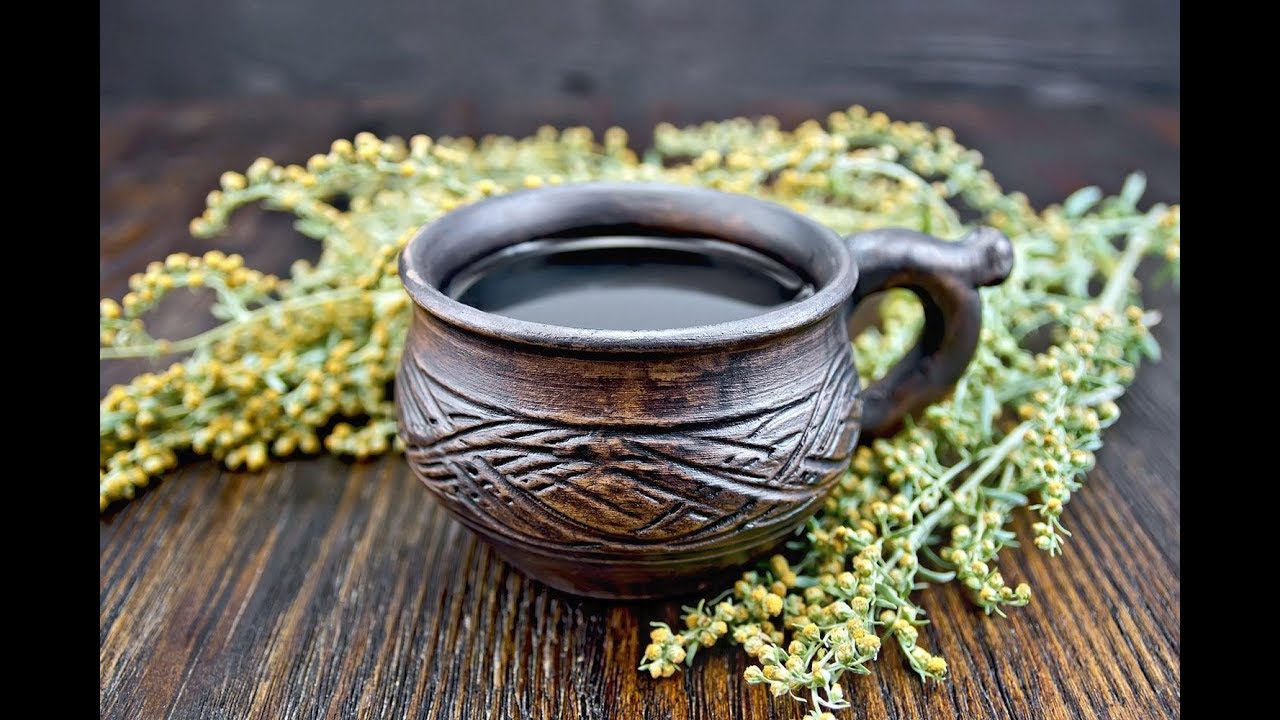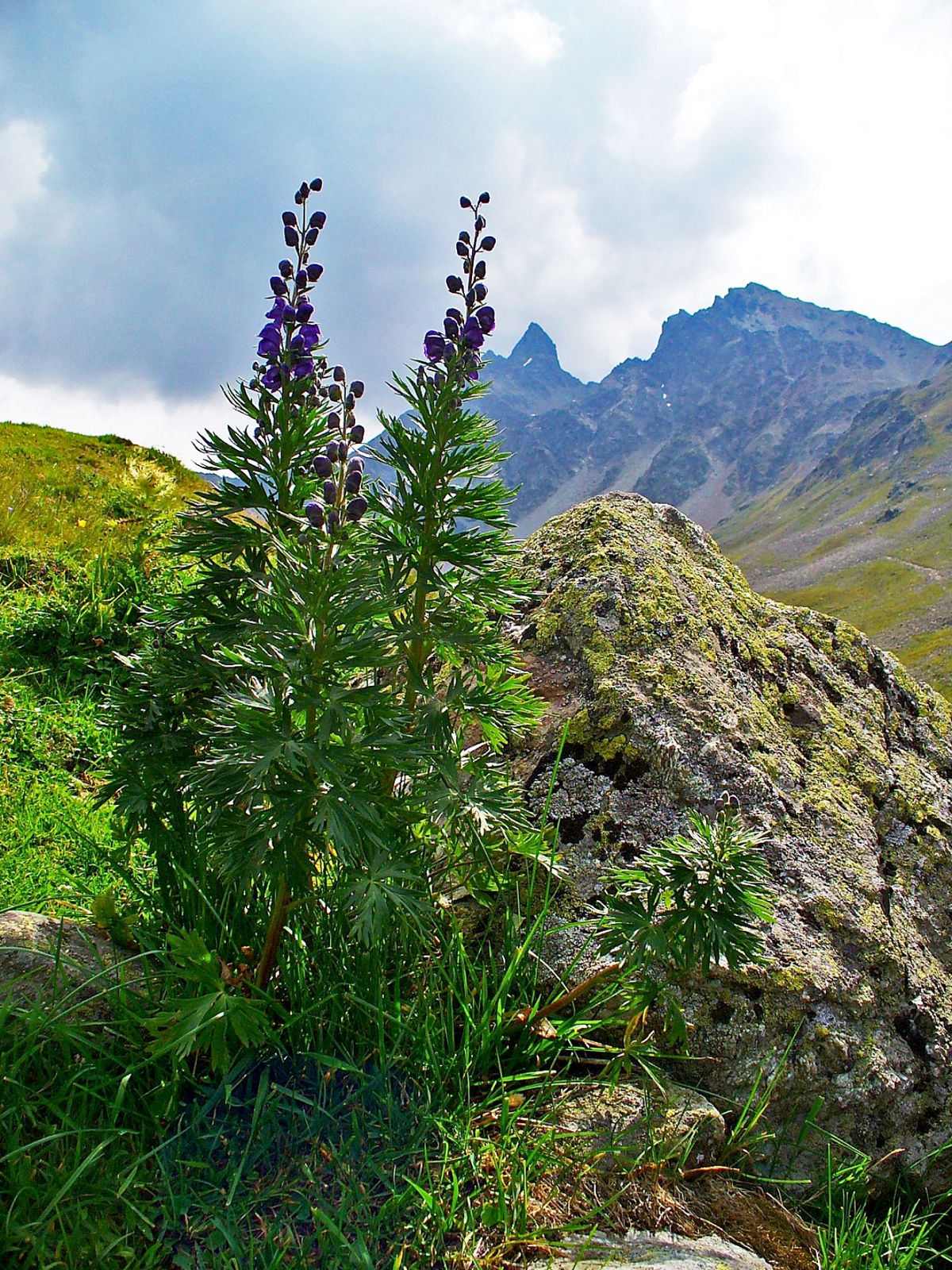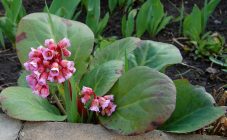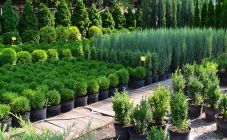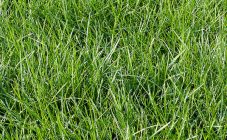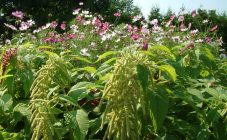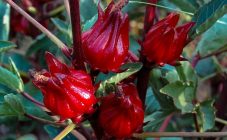Content:
Wolf aconite belongs to the Buttercup family. It is a perennial that contains toxic substances. This culture has many names: wrestler, wolf root, aconite, wolf-killer, king-grass, etc. Its stems are straight, the flowers are deep blue or purple.
The wrestler is growing up in the wild, he came to Russia from North America. It is also quite common in Asian and European countries. Wet soils rich in humus are considered ideal conditions for the development and growth of the wrestler. Since aconite fighter is a herbaceous and perennial plant, it can grow in one place for quite a long time. After several years, the herb will lose its poisonous properties. This feature is very good for gardeners who want to apply wrestler to landscaping.
One of the varieties of culture - New York aconite, is endangered. Outwardly, wolf root looks more like plants from the legume family. Therefore, it is very often confused with the famous herb called lupine.
Wolfboy contains in its chemical composition alkaloids, most of which are aconitines.
Reproduction and cultivation of wolf root
To date, more than 330 species of this plant are known. The most common is nodular aconite. Its second name is blue aconite. It is widespread in European countries, especially on the northern slopes of the Alps. About 80 species of wolf-slayer grow on the territory of Russia. For example, in the Novosibirsk region there are Dzhungarian aconite and oak wrestler, and in Altai - paniculate, variegated and kammarum.
When breeding a wolf root in a garden or personal plot, you should know some features. Aconite prefers well-moisturized places, but without stagnant moisture, as this can destroy its root system. You can plant it next to ornamental plants, it will not bring any harm. But when choosing a place for a wrestler, you need to take into account the distance to vegetable and fruit crops that are used for food.
Aconite develops equally quickly both in areas well-lit by the sun and in shaded areas. For autumn planting, a prerequisite is cut leaves of the plant, for spring planting - not yet grown. The aconite root should lie freely in the planting pit. Plants are planted at intervals of 30 cm. The soil should be fertilized with mineral fertilizers.
The plant does not need careful care and maintenance, but it still needs to be given minimal attention. It consists in feeding, loosening the soil, removing weeds, as well as removing dried flowers. The plant needs soil mulching twice a year.
The plant is prone to diseases, it is not bypassed by various pests, despite its high toxicity. If the plant is affected by diseases such as powdery mildew or leaf spot, it is recommended to dig it up and destroy it.
In the cold season, the tsar-grass should be fed with preparations applied at the root.During sap flow, organic and mineral fertilizers are introduced into the soil. In the spring, manure is applied under each bush. This is done for a more saturated color of the inflorescences.
The wolfbreaker reproduces in two ways:
- By dividing the root, that is, vegetative;
- Seeds.
The most common way of reproduction is vegetative. In spring or fall, splitting the root is very easy and convenient.
The seed method is used much less often, since it has poor germination rates. With this method of reproduction, aconite will sprout no earlier than a year later. The flowering of plants planted by seed should be expected in 3 years.
The properties of the king grass
Aconite herb is described as being very dangerous because it is toxic. For this reason, its use in traditional medicine is prohibited. But this plant is very popular in folk medicine.
According to traditional healers, the wolf-killer has the following healing properties:
- Relieves inflammation and pain in the musculoskeletal system. The herb has not only an analgesic effect, but also antibacterial and hemostatic;
- It relieves the body of certain types of fever. It is very popular in Central Asian countries, where fevers are very common;
- It is used in the treatment of hypertensive diseases, as it is able to lower blood pressure. Regular intake of tincture of aconite root for 4 months helps to stabilize the pressure;
- Helps with liver diseases, in particular, relieves mild hepatitis;
- Used in folk medicine for disorders of the thyroid gland;
- Effective when acting on the body of various infections;
- Able to enhance immunity;
- The use of aconite is important in the treatment of alcohol addiction. Relieves hangover syndrome;
- It relieves the body of cancerous tumors. With complex treatment with other herbs, it will cure cancer of any degree.
Tinctures, ointments, oil extracts, powders, decoctions are made on the basis of aconite. From plant extracts, you can prepare a grinding solution.
Despite all the properties that have a positive effect on the body, it is contraindicated to take drugs that contain the extract of the blue wrestler plant. You should be careful when growing poisonous aconite. In contact with leaves or inflorescences of the plant, protective equipment must be used.
If aconite flowers get into the stomach, you should immediately call an ambulance, and while waiting, drink a large amount of salty liquid, trying to induce a gag reflex. An independent fight against the symptoms and consequences of taking a wolf-killer in food is fraught with death, from the ability of alkaloids to poison the internal organs of a person.
Legends of the wolf
The wolf aconite legends are diverse, regarding the origin.
According to one of them, aconite appeared during Hercules' performance of his twelfth feat. When the guardian of the kingdom of the dead, Cerberus, was taken prisoner and brought to the earth's surface, the monster, blinded by the bright sunlight, began to break out, splashing saliva. In those places where Cerberus saliva got into, aconite poisonous flower grew. It got this name because all the events took place near the city of Akoni.
According to Scandinavian legends, the wrestler grew up in the place where Thor died in the fight against dark forces. Before their death, he expelled them from the earth's surface. Therefore, the grown flower was named "fighter".
In ancient times, warriors soaked their arrowheads with plant sap. As soon as the arrow hit the target, the slain warrior fell shaken in his death throes.
In Tsarist Russia, extracts from this plant were used to fight wolves. Therefore, in our area, the flower has taken root under the name wolf aconite or wolf-killer.
Despite the poisonous properties of the plant, its appearance is very harmless. The inflorescences resemble a graceful women's shoe or a military helmet with a lowered visor. However, great care should be taken to have any contact with wolf aconite.
